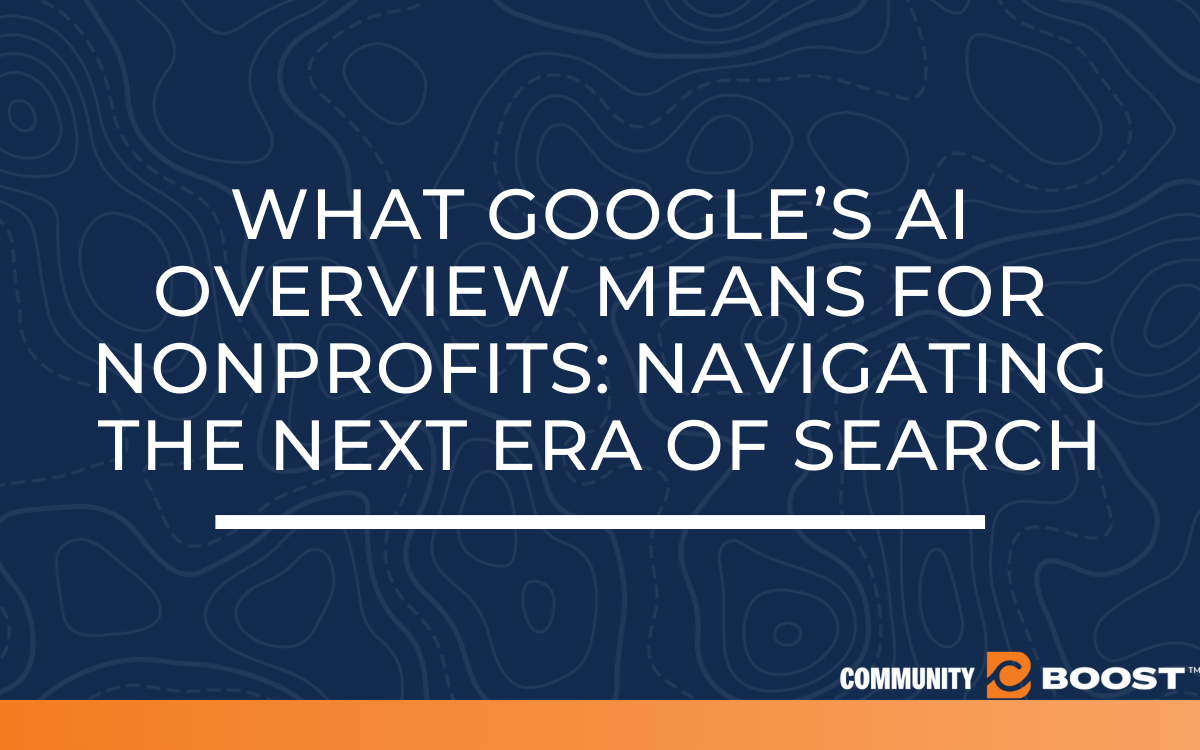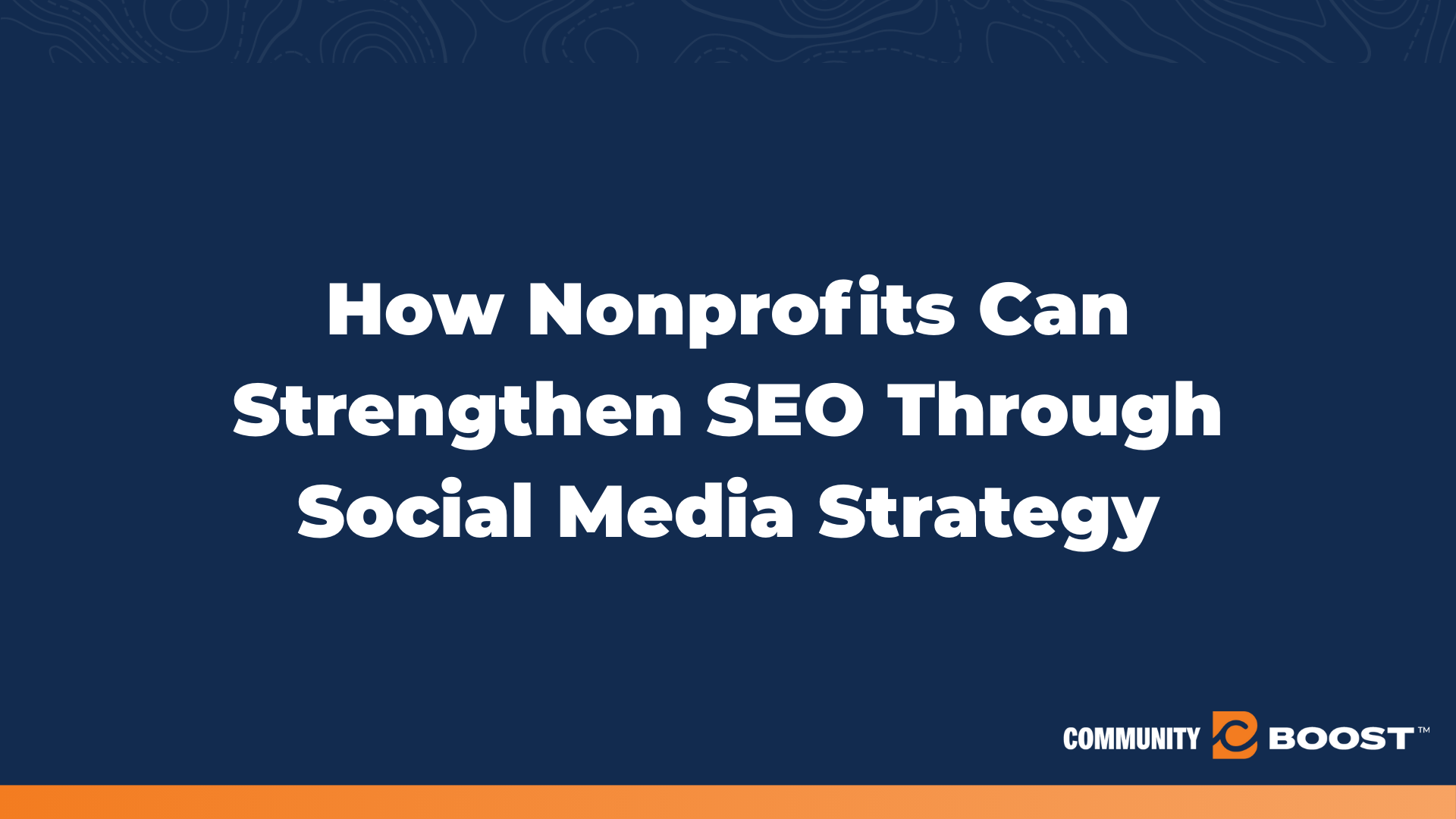Five Strategies to Up Your Email Marketing Game in One Month
5 min to read ✭ In this post, we're sharing five strategies your nonprofit should utilize now to improve your email marketing in one month! Learn about the importance of segmenting your lists, automating a welcome series, building friendships, and more.
A/B Test Your Current Email Templates
An A/B test can be extremely beneficial to your email marketing strategy. If you aren’t as familiar with it, A/B tests refer to testing two versions of the same thing, hence, test A and test B. You can A/B test with virtually anything: ads, ad copy, content creative, and even emails and newsletters. To A/B test your email marketing campaign, simply take one email, make two versions of it with slightly different elements, and send it to two different parts of your audience. This way, you can understand what performs better for your nonprofit and its audience.
There are two important things to consider when A/B testing your email campaign:
1. What platform are you using and is it actually capable of doing what you need?
2. Create a spreadsheet to keep track of your tests and results
We often see people using MailChimp and Constant Contact, which are two email platforms with different capabilities. Are the tools you need available within each platform? Is there a disappointing element in one that is more effective in the other? These are only two of many email marketing platforms, so make sure you’re constantly aware of what elements are working and what are not. Be sure to test various platforms just to make sure the one you are using is maximizing your email strategy as much as possible.
Next, create a spreadsheet to stay organized. You can’t expect to remember all the details of how your tests go, so ensure that you don’t miss anything important by creating a spreadsheet. Track what tests you have done, what you are doing now, and the pros and cons to each strategy. If you don’t, you might end up testing the same elements over and over again, diminishing the return of how much the A/B test is actually helping your email strategy. There is no sense in not keeping track of your data, really.
Segment Your Lists for Better Targeting
Segment your email lists based on certain tendencies, behaviors, or even traits that they may have. By grouping your list, you can offer a more personalized ask for year-end donations. It’s an important approach to make sure the people who’ve signed up to receive your emails don’t feel like your message does not resonate with them. Imagine sending out a polarizing email encouraging readers to get involved with donations before year-end to someone who is reliably giving to your nonprofit. Even though your email is only meant for people who have not donated in the past, without segmenting your email lists, your message will come across irrelevant and off-putting to those people who donate often.
Taking the time to carefully organize your lists now will prove to be more effective for your nonprofit’s email marketing strategy down the line. Naturally, we are drawn towards messages that are catered to us. When your message is relevant to your audience’s behaviors, interests, or however else you want to segment your list, you can more easily pinpoint exactly what to communicate with them in order to drive traffic to donations. So, send out multiple email variations that resonate with more specific audiences instead of putting out one massive email in hopes of resonating with them all. That will almost never be the case.
Automate a Welcome Series for New Subscribers
Your nonprofit should one hundred percent be taking advantage of an email welcome series automation. A welcome series is your organization’s first impression to new subscribers. It’s the initial correspondence between your nonprofit and the people whose attention you direly need. And they want to hear what you have to say. So, it’s important to warm them up to supporting you in the future by sending out an automated, but well thought out, welcome series. Greet them with focused, value-driven content that educates them on the purpose of your organization. This is where you help your newest subscribers understand why they should contribute to and be excited about the cause. As we’ve mentioned in a previous #dailyvlog, it’s important to demonstrate your value to your readers. A welcome series is a great space for that.
 Welcome series automations can be built in practically any email platform that is offered today, like MailChimp, Constant Contact, or whatever else you happen to be using. The odds are high when it comes to building out the automation. The best part is, after you’ve put in your hard work building it out, you can sit back, relax, and watch it do its magic. Drop your newest subscribers into the automation, and voilà.
Welcome series automations can be built in practically any email platform that is offered today, like MailChimp, Constant Contact, or whatever else you happen to be using. The odds are high when it comes to building out the automation. The best part is, after you’ve put in your hard work building it out, you can sit back, relax, and watch it do its magic. Drop your newest subscribers into the automation, and voilà.
Share your impact, show off your biggest achievements, and truly wow your subscribers. You want them to stop and think, “hey, this is something that I want to contribute to.” And they will once they’re hit with a personal, yet strategic, welcome series automation.
Give Variety and Show Value
Approach your relationship with your subscribers the same way you build your relationships with your closest friends. You contribute a lot to your best friend’s life. You are always there for that person, and you probably check in with one another often. So, when you need them for something, they’re happy to do favors and contribute back to you. The friendship is a two-way street where your give and take is distributed evenly.
Don’t be that friend who only takes.
There is no reason you shouldn’t think of the relationship that you are building with every subscriber in a similar fashion. Only sending out emails to people when you need their feedback or their stewardship during key moments like Giving Tuesday or year-end will fall completely flat without having contributed some value to them first.
Give value back to the people who are contributing to your nonprofit, sharing your cause, and supporting your organization. What stories have you accumulated that would brighten people’s day? How can you make them feel a certain emotion? How can you give your subscribers some kind of utility? These are the questions you need to be asking when you are strategizing your email marketing campaign.
Build Strong Email lists With Engaging, Not Annoying, Website Design
While these email marketing tactics are valuable, they will ineffective if you don’t have a relevant, engaged, and active email list. The foundation of a strong email marketing campaign starts from having subscribers who genuinely want to be in the loop.
How does your nonprofit build a strong list? Appeal to engaged subscribers with compelling website design and encouraging, not annoying, onsite email opt-ins. You want the aesthetic of your email opt-in to look welcoming, not boring or flat. That being said, you do not want to build spammy pop-ups either. The important details within conversion design is how you will retain subscribers from your website visitors. Ensure that you are offering an enticing shortcut to content they already want with beautiful onsite elements, but we’ll save that for another vlog.
There’s More to Come
We’ve got a lot more useful content coming out for all you nonprofit leaders and nonprofit marketers, so make sure to subscribe and stay connected.





4 Comments
Pingback:
Donor Stewardship: Enhance Your Nonprofit's Word of Mouth Strategy
Donor Stewardship: Enhance Your Nonprofit's Word of Mouth Strategy, on December 17, 2018 at 8:39 pm
[…] Segment your donor lists and send each an update depending on gift size or however else you want to separate it. Learn more on the importance of segmenting your donor lists here. […]
Pingback:
10 Digital Tactics to Drive Ticket Sales You Need To Know
10 Digital Tactics to Drive Ticket Sales You Need To Know, on April 16, 2019 at 5:34 am
[…] list. More specifically, implementing a Welcome Series and a Transformation Automation within your email marketing strategy will help yield traction and drive ticket […]